Developers Considering Dual Branding for New Projects
In recent years, dual-branding has become a popular trend with increased interest among both business and leisure travelers. Dual-branded hotels, also known as “Two-in-One” hotels or “Two-Pack” hotels, are simply single structure hotels housing two separate hotel flags typically under the same brand umbrella. Our team is excited to have dual branded projects currently in design under all the major flags including; Marriott, Hilton, and IHG.
Generally, dual-brand hotels are designed using a linked or blended model:
- Linked – Two hotels in one building with standalone entrances and lobbies. Back of house and amenity spaces are typically the only items shared between the two hotels.
- Blended – One building with one common entrance for both hotels. In addition to BOH and amenity spaces, front of house spaces such as lobbies and breakfast areas can also be shared.
With these types of properties come both benefits and drawbacks from a more traditional single flag hotel.
Benefits
- Diversified Target Guest – From a marketing standpoint, offering “two in one” can be more attractive for a diversified target audience. Providing both select service and extended stay accommodations allows owners to service a larger range of guest demand.
- Reduced Construction Cost – Sharing costly parking, utility infrastructure, receiving/trash, pool & fitness areas, meeting rooms, laundry, restaurants and engineering departments can save significant costs.
- Decreased Operational Overhead – Utilizing housekeeping, maintenance, BOH/FOH staff and engineering for both flags allows more flexibility in allocating staff where needed.
- Maximized Density – Locating two hotels on one parcel greatly increases the number of guestrooms per square foot of property which is important in areas where land is at a premium.
- Enhanced Guest Experience – Guests can take advantage of larger shared service amenities such as oversized fitness rooms, pools and bars that may not otherwise be present if it were a standalone flag.
Challenges
- Convoluted Brand Identity – Having two different hotels in the same location, but offering different services at different nightly rates, (especially when one flag offers a free breakfast and another doesn’t) can be an area of confusion and frustration for guests.
- Complicated Property Upgrades – Franchises require regular upgrades and developers may find it difficult to coordinate these between two brands which are likely on two different maintenance schedules which result in conflicts in shared areas of the hotel that overlap.
- Challenged Staff Expectations – Hotel staff are typically shared between the two brands. This introduces some challenges as staff must learn two different levels of service and deliver this based on the flag they are servicing at that time.
See below for a selection of dual branded hotels our team is currently working on.
We are excited to be a part of this new trend and look forward to assisting our clients in the development of more of these types of properties in the market very soon. If you have any questions about the benefits or challenges with dual branded properties, please contact our office.


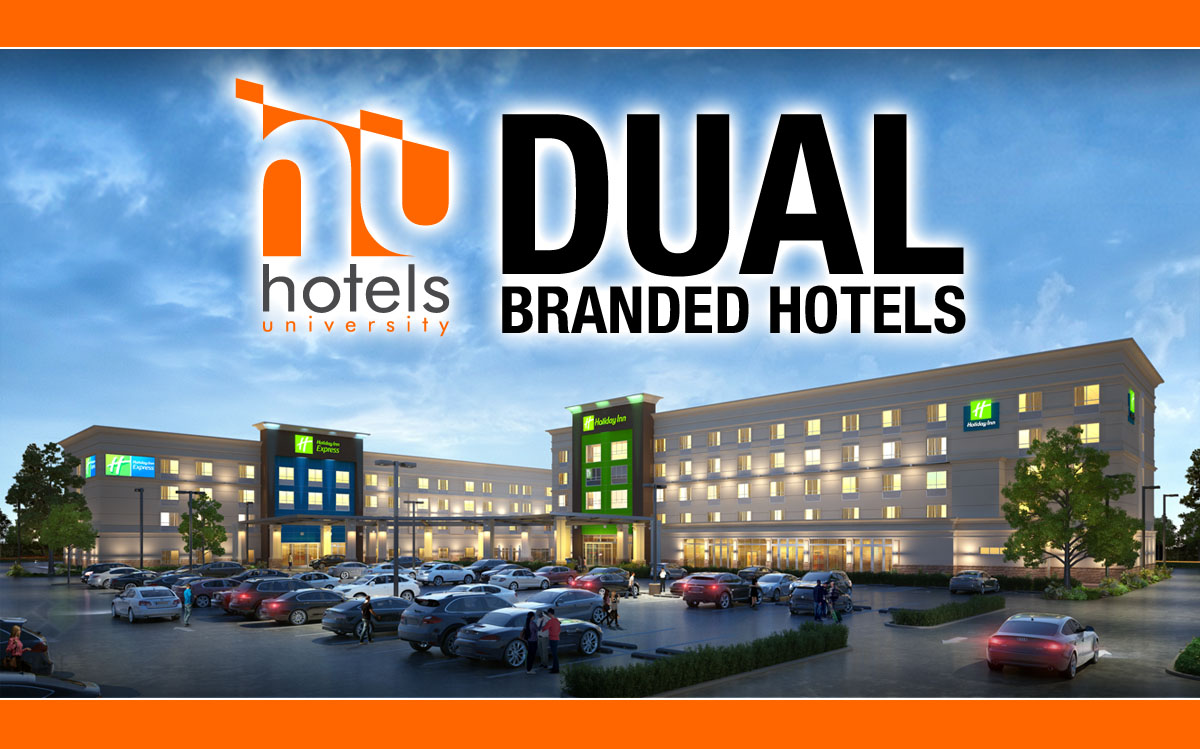
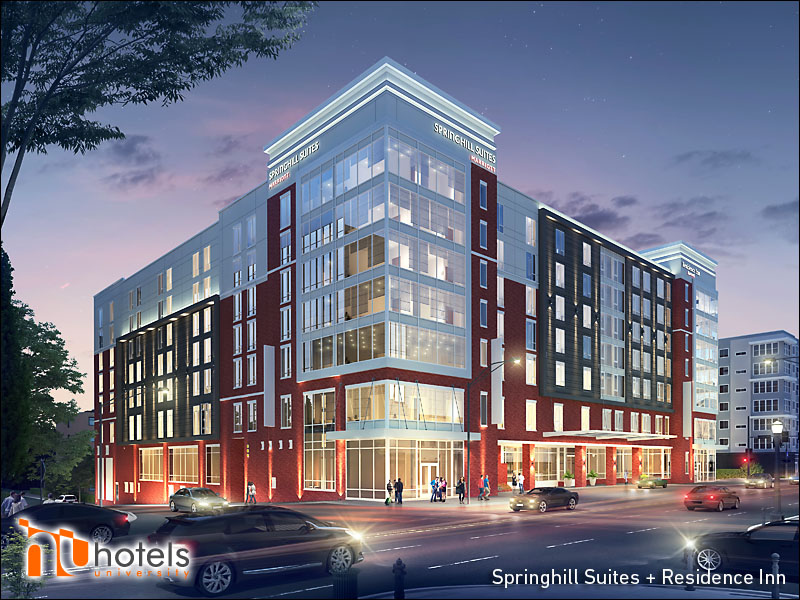
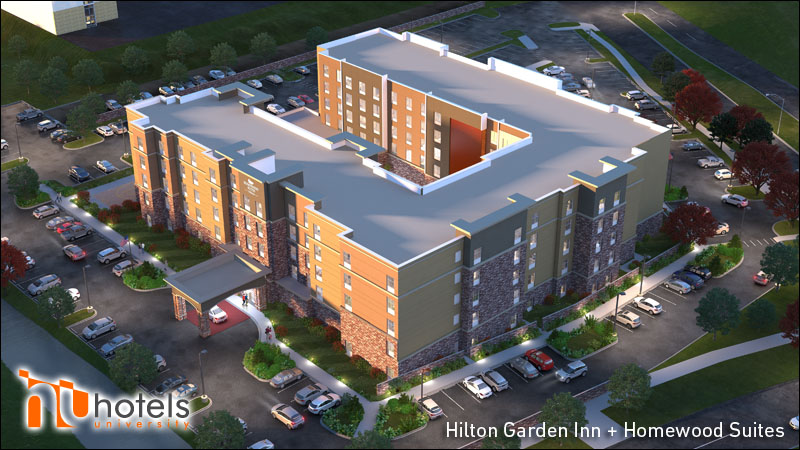
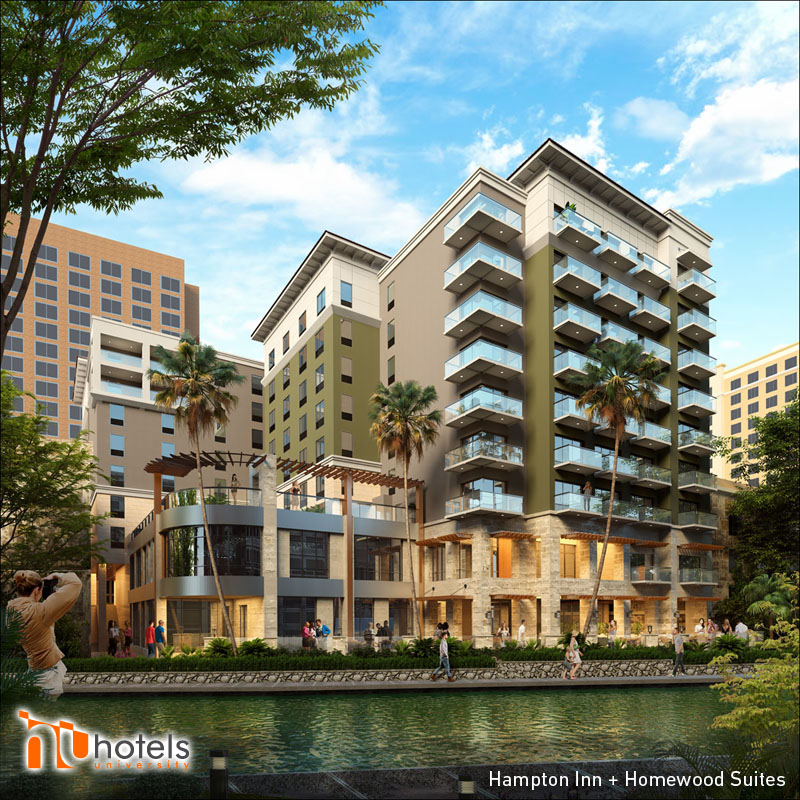
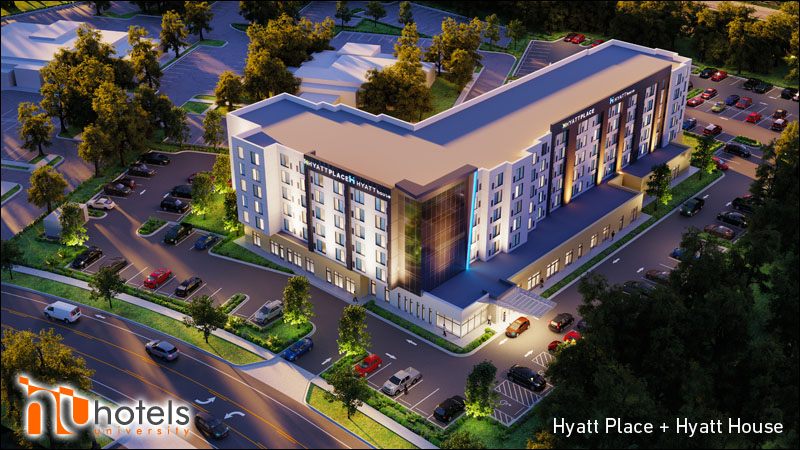
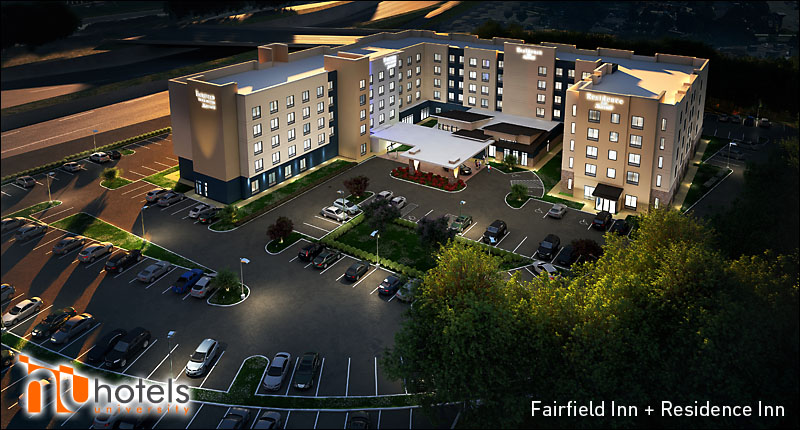
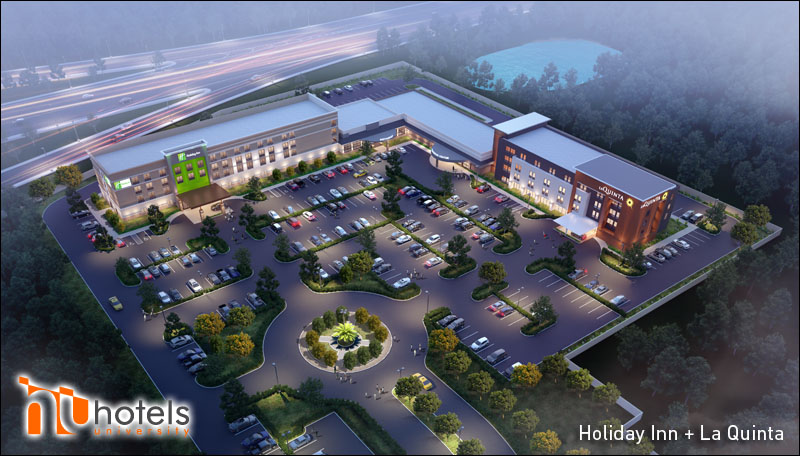
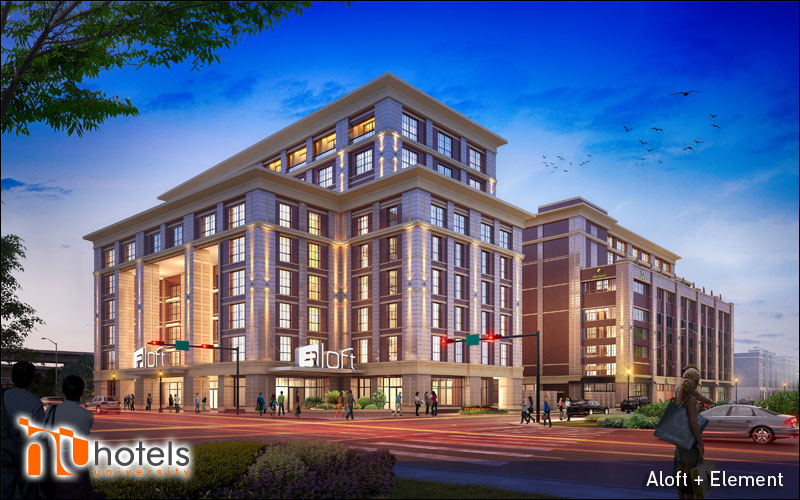
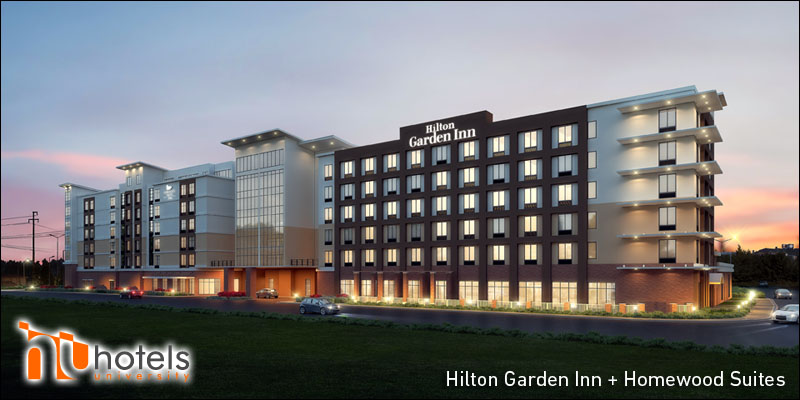
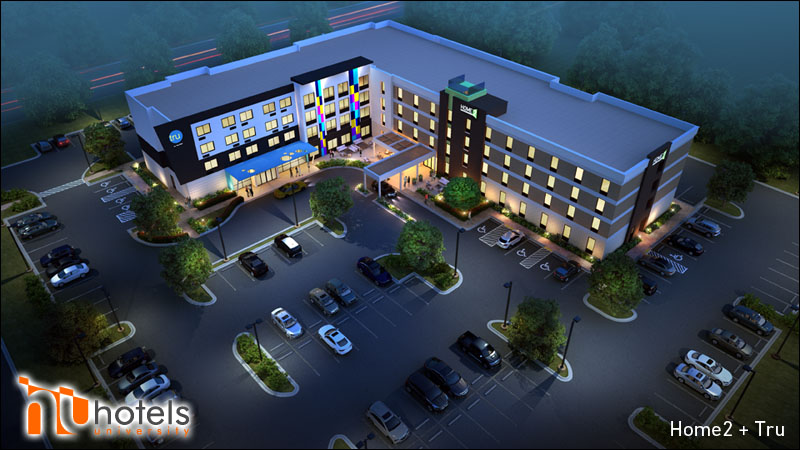
Leave A Comment